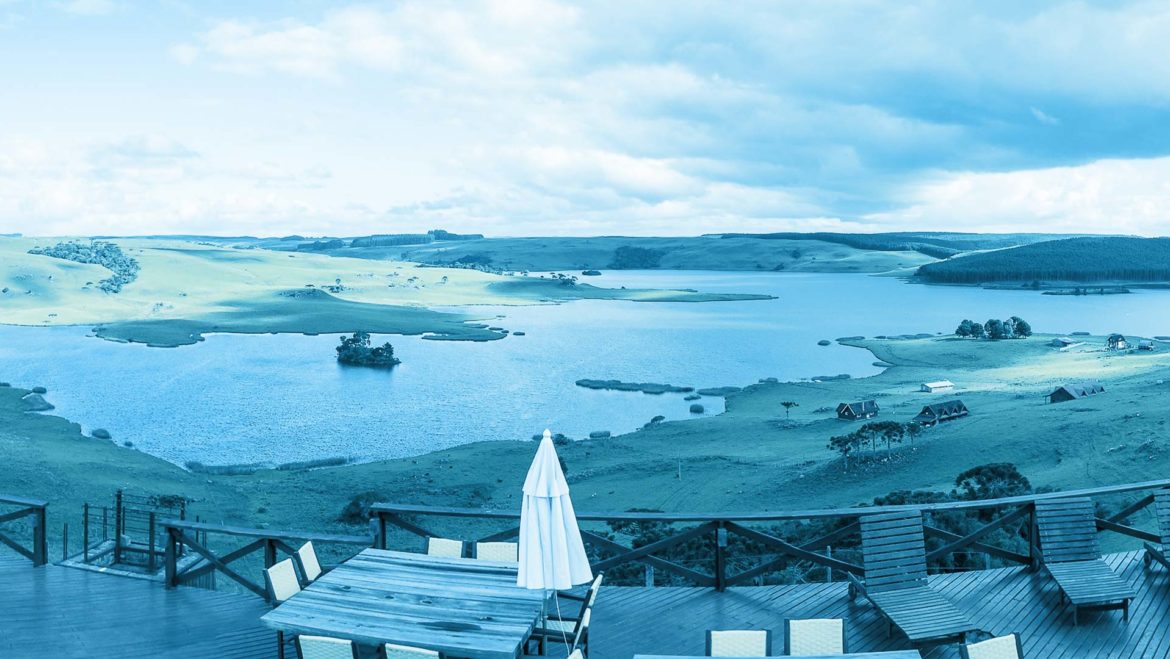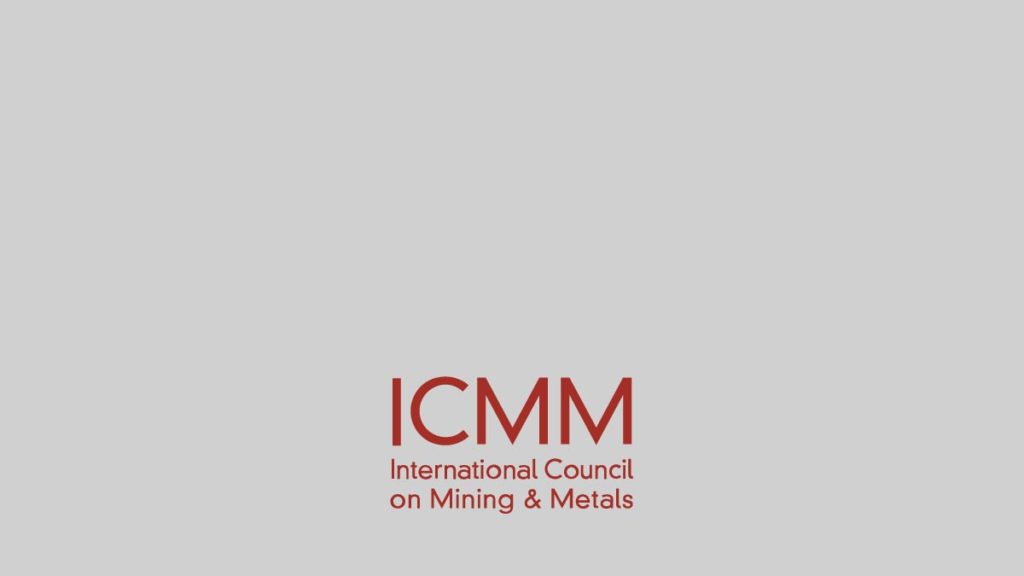
Outil 7 – Comprendre les problèmes liés à l’eau dans le bassin versant
Cet outil permet de bien comprendre les caractéristiques du bassin versant et la façon dont elles sont susceptibles d’évoluer au fil du temps.
Guide en plusieurs étapes
ÉTAPE
1
Assess the biophysical character of the element
- Is the water demand and availability in balance?
- Are there challenges associated with the catchment’s hydrological characteristics?
- What is the quality of surface water and groundwater in the catchment?
ÉTAPE
2
Clarify the regulatory and institutional framework
- What is the national, regional and local institutional and regulatory environment?
- What is the capacity of the regulator, management institutions and utilities to deliver effective services?
- Is the water allocation supported by adequate infrastructure?
ÉTAPE
3
Evaluate the socioeconomic and ecological aspects of the catchment
- What are the development objectives of the catchment?
- Do all water users have access to adequate quality water?
- What are the economic activities, ecosystems and socially and culturally sensitive areas in the catchment?
Communauté, Économie, Environnement, Éthique professionnelle, Gestion, Restauration
Comprendre les enjeux relatifs à l’eau dans le bassin versant
Exemple hypothétique de compréhension et de recherche de solutions aux risques liés à l’eau dans le bassin versant
Lectures complémentaires :
- World Resources Institute’s (WRI) Aquaduct tool
- WWF’s Water Risk Filter
- Global Drought Information System
- WBCSD’s Global Water Tool
- GEMI’s Local Water Tool
- Initiative Global Forest Watch du WRI
- Note d’information de WaterAid concernant un accès universel d’ici à 2030
- Initiative de nettoyage du WBCSD
- Conseils de l'initiative CEO Water Mandate sur les droits de l’homme à l’eau
- Outil inVEST du partenariat Natural Capital Project
- Outil ibat

